The vast array of Celtic coins was produced using two effective coin-making techniques: striking and casting
Ancient Celtic coins were produced by different Celtic tribes; denominations were often limited to within the tribal centers and its neighboring communities.
The processes involved in the production of coins are similar within different Celtic tribes with variations in the metal used and designs detailed in the coins.
Celtic coins are generally made of gold, silver or potin, and were produced using two effective ancient techniques: striking and casting.
What is striking?
Striking refers to a procedure where a heated blank metal strip is struck to form the images on both sides of the coin. This method starts with the production of the metal blanks. For precise weight control, the metals may have been placed in the moulds in powder or nugget form prior to melting.
The actual striking process makes use of two die casts, made of iron or bronze, with the coin’s design engraved on them.
A concave obverse die (face) is placed on a stationary wooden block or anvil. The blank metal strip is placed on the obverse die and is struck by a movable convex reverse die (tail) with a single blow.
The pressure of the blow imprints the design of the dies on both sides of the metal blank strip to form a coin. Most of the beautiful Celtic coins were produced using striking.
What is casting?
Casting, on the other hand, utilizes clay molds to print the designs of the coin. This process uses a set of four or more double molds separated by narrow channels called runners. Molten metal or metal alloy is poured into the mould. The runners allow the molten metal to flow to different sections of the mould.
When the metal has cooled down, the coins are linked by the hardened metal in the runners (sprue). The coins are then easily separated by breaking them at the sprue. The breaks were not always clean and evidence is a common feature among cast Celtic coins.
The Celts produced the first cast coins made of potin, a special alloy of bronze with high tin content. Celtic coins cast in new moulds have clearer prints; but constant use of the moulds degrades the quality of the coin often resulting to coins looking like metal blobs.

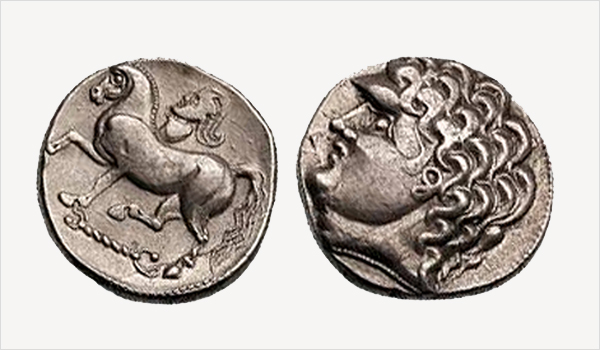




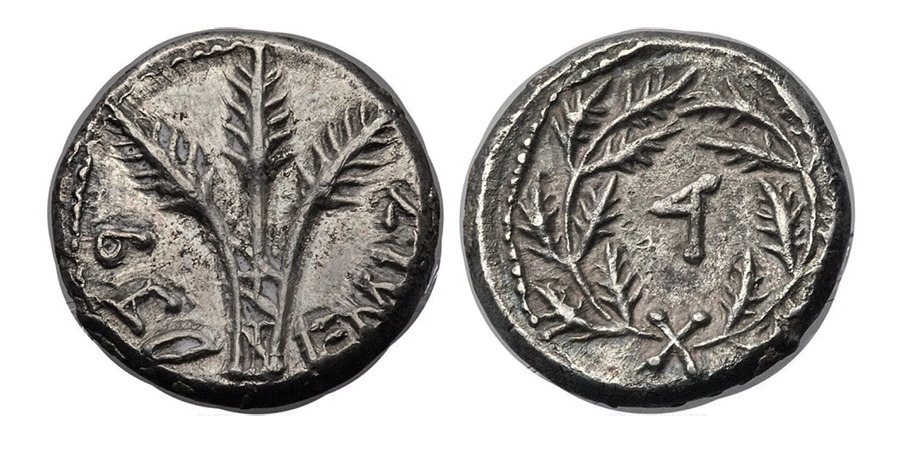
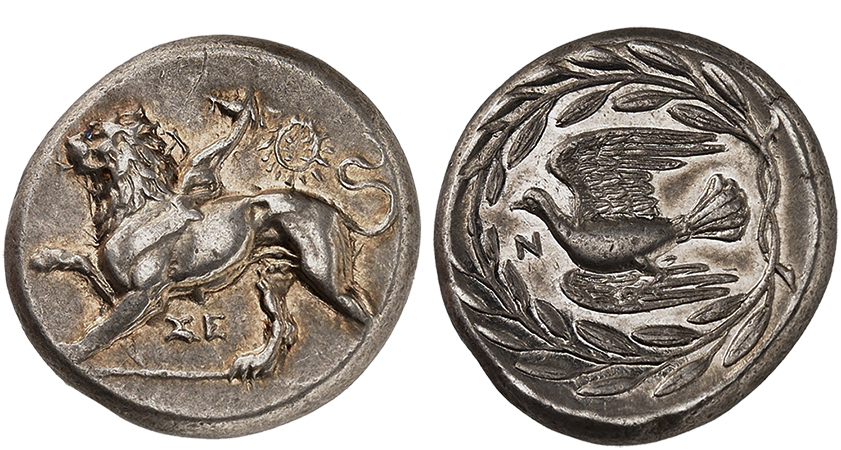
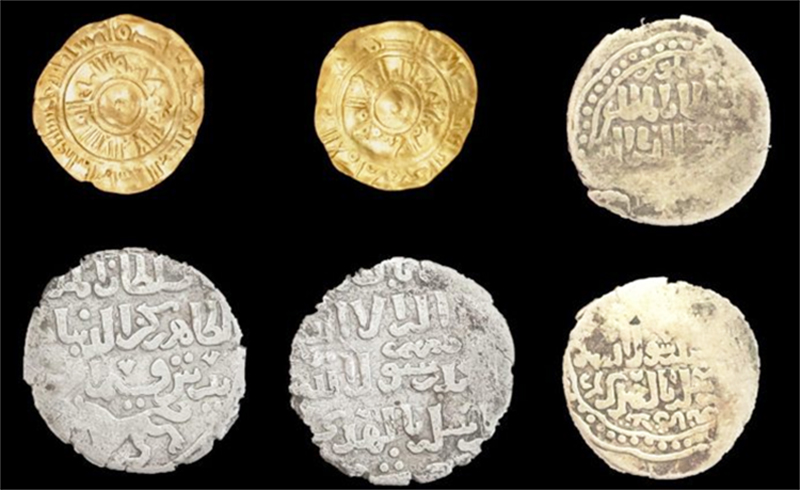
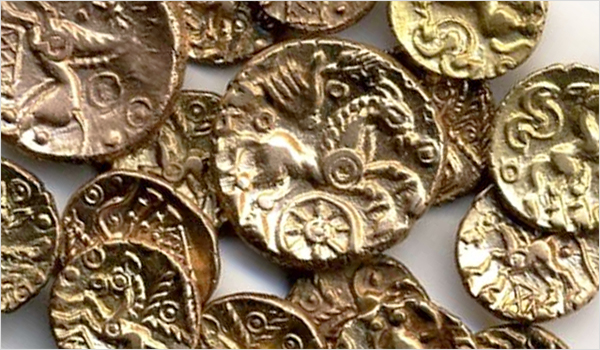

Leave a Reply